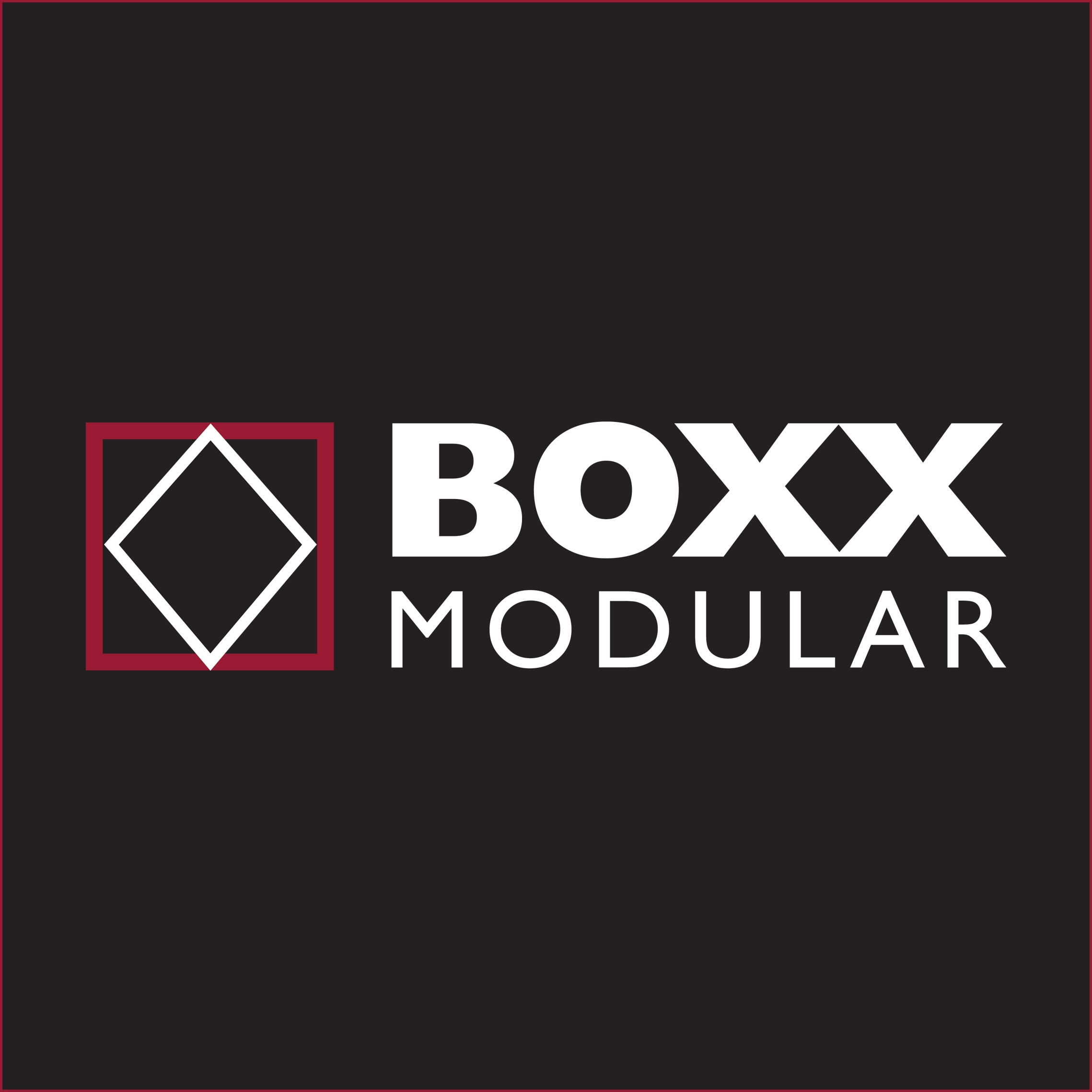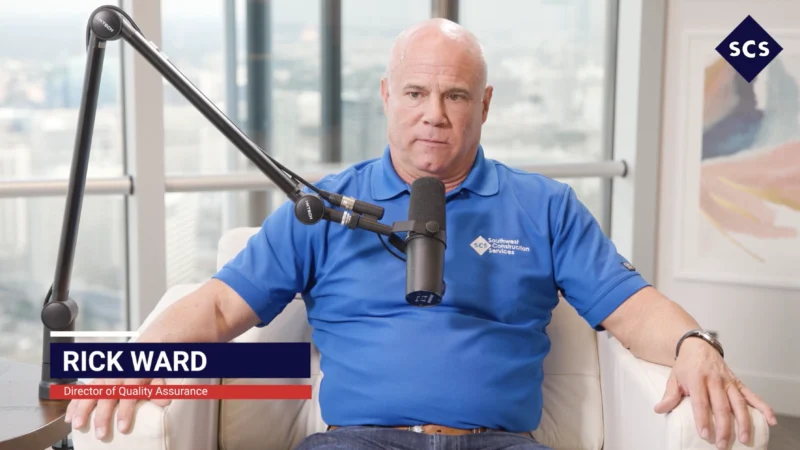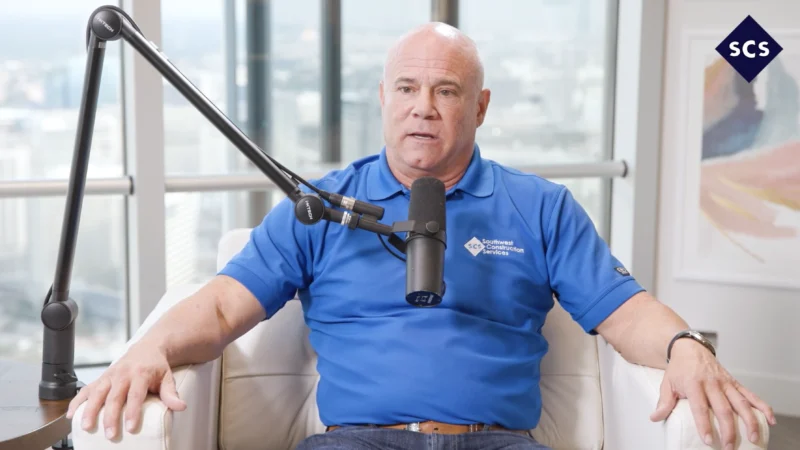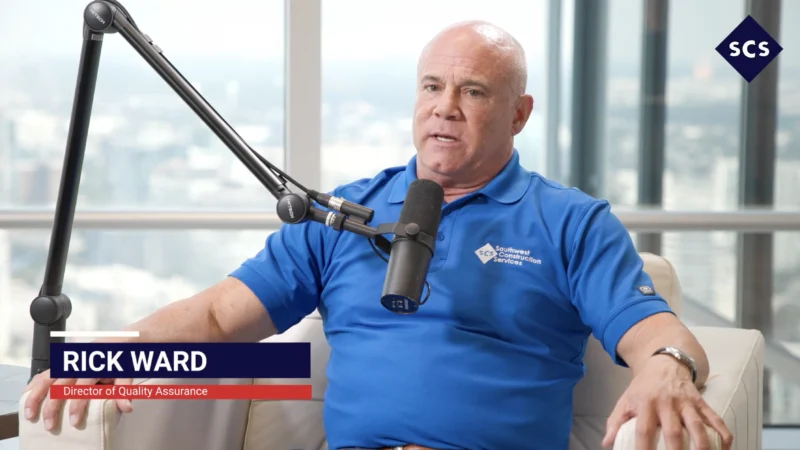Built Modular: Modular Construction for Temporary Building Needs
Peter Eberle, President & CEO, Vanguard Modular Building Systems, kicked off the first Built Modular episode with his take on the flexible and affordable solutions modular construction brings to temporary and permanent building projects.
The nature of prefabricated, modular construction allows for factory assembly without dealing with nature’s elements. This process allows development to happen quicker and less expensively, an attractive option for many building projects’ needs.
Among many efficiencies Eberle said modular construction could bring to a project, from less material waste to quicker construction time in a controlled environment, is safety.
“When you’re building in the factory, it’s single-story, so you’re not putting a tremendous number of workers three, four or five stories in the air or higher,” he said. “Everything is plug-and-play, and the quick assembly allows for fewer workers on site.”
There is also a strong green component to modular construction, because the buildings have the flexibility to move into different locations.
“If you take a building and move that building from point A to point B, I don’t think you can get much greener or efficient,” Eberle said.
Everything created in the factory utilizes materials purchased in bulk for use on multiple projects, further reducing waste.
While modular construction is often permanent, temporary modular construction is on the rise, and Eberle offered some examples of situations where the flexibility of this type of build makes sense. School districts may need temporary buildings to handle the additional student population, and these modular buildings are movable, so a school system could relocate it for use in another area if the need should arise.
Some businesses may need to utilize a “swing space” for a temporary situation while they finalize a new building.
“We build these temporary modular buildings to adhere to several state codes to be repurposed and relocated with ease,” Eberle said.
Be sure to subscribe to Manufacturing a Stronger Standard for the latest podcasts on Spotify and Apple Podcasts.
Follow us on social media for the latest updates in B2B!
Twitter – @MarketScale
Facebook – facebook.com/marketscale
LinkedIn – linkedin.com/company/marketscale




